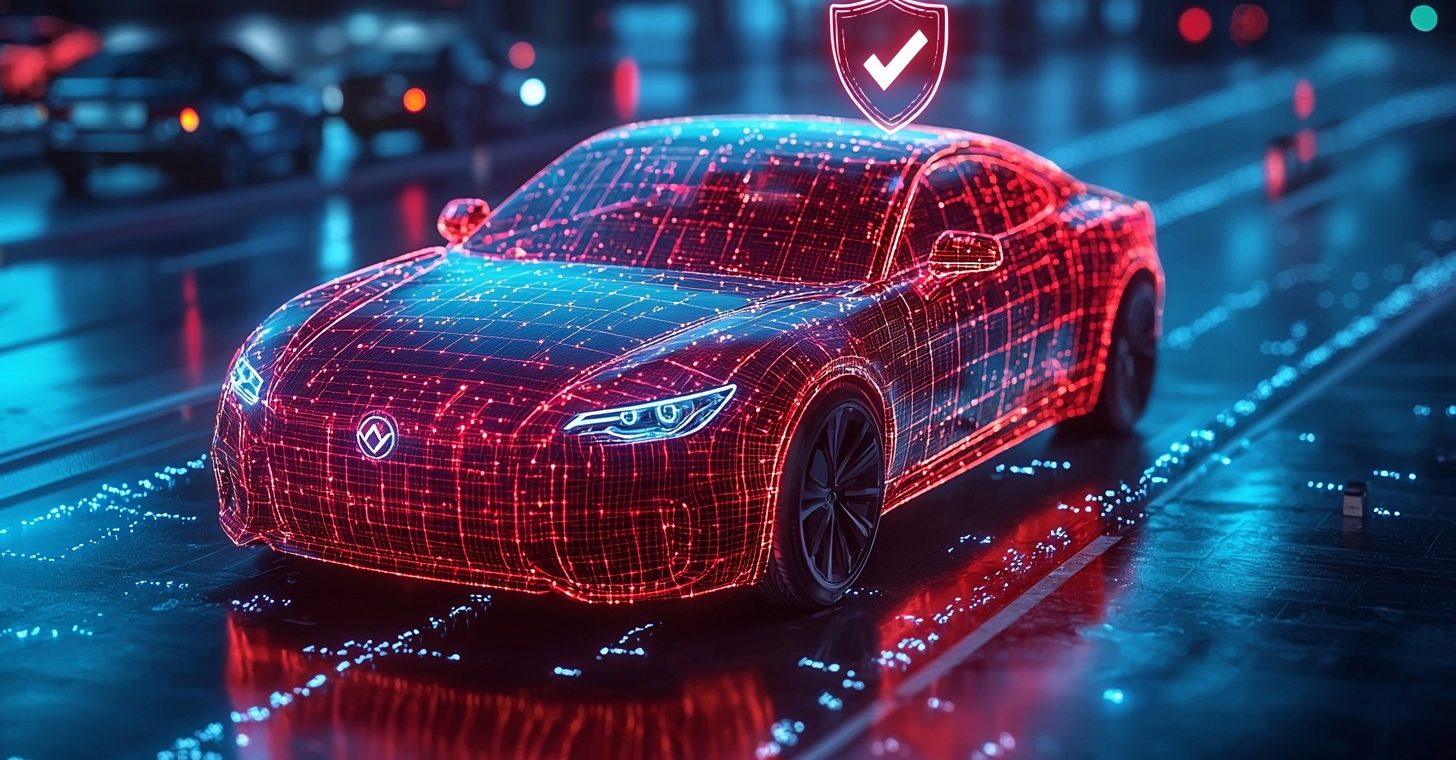For many, a car is not just a means of transportation but one of the most significant investments. It’s essential for work, leisure, and everything in between. To protect this investment, most people turn to auto insurance, which helps manage the unpredictability of the road. However, as the auto insurance industry evolves, many drivers are unaware of how new trends might impact their policies. Want to know what the future of auto insurance holds? On website, you can also explore the possibilities of high-tech auto insurance in Qatar. Let’s dive in.
The tech-driven transformation of auto insurance
At first glance, the future of car insurance may seem predictable. Yes, we now have electric and hybrid vehicles, but the basics of driving and road risks remain familiar. So, what’s changing? Technology.
The fusion of tech and insurance is reshaping the industry. From AI and big data to blockchain, modern tools are transforming policies, claims, and how drivers interact with insurers. Understanding these advancements can help you prepare for the future of auto insurance.
Tech improves claims management
Have you filed an insurance claim recently? If so, you’ve probably noticed how much simpler the process is now. No more endless paperwork or waiting weeks for updates. Thanks to digital tools, today’s claims process is faster, easier, and less stressful.
Drivers can file claims online, upload photos of damage, and submit everything instantly. Blockchain technology is also enhancing the process by ensuring secure, transparent data handling. It not only speeds up claims but also reduces fraud, ensuring smoother and more reliable experiences.
New policies in the tech age
Technology isn’t just improving claims — it’s reshaping auto insurance policies. Many changes are already present in your car, from driver-assist features to telematics devices that send real-time data to insurers. These improvements make driving safer and influence how premiums are calculated.
Driver-assist features can lower premiums
Modern cars often include features like lane departure warnings, automatic braking, and anti-theft systems. While these increase upfront vehicle costs, they can lead to insurance discounts for improved safety.

Insuring autonomous vehicles
Self-driving cars are still on the horizon, but semi-autonomous features are here. This raises questions about liability: should responsibility for accidents shift from drivers to manufacturers? If so, insurance premiums could drop for owners of autonomous vehicles.
Usage-based insurance
Telematics devices track driving habits like speed, mileage, and braking. Safe driving can earn discounts, while reckless habits may increase premiums. Drive responsibly to make the most of this option.
The role of data in insurance
Telematics is just one part of the data revolution in insurance. Insurers are using big data to create tailored policies and improve risk management.
Real-time data for personalized policies
Traditionally, premiums were adjusted after claims or tickets. Now, real-time data allows for more personalized policies based on driving habits, location, and risks — creating a tailored experience for drivers.
Predictive risk assessment
By analyzing large datasets, insurers can predict risks and help drivers avoid accidents. This means better coverage, improved safety, and fewer surprises in your policy.
Personalization and convenience
For some, big data and telematics may seem overwhelming. However, much of this innovation works behind the scenes, making auto insurance more convenient and personalized.
Better customer experiences
Insurers now offer customized coverage, discounts, and risk mitigation strategies that improve safety and save money. These tools make driving safer and auto insurance easier to manage.
Driving into the future
The future of auto insurance is driven by technology, from faster claims to personalized policies. As these trends evolve, drivers can expect more efficient, tailored, and reliable coverage. Staying informed will help you take full advantage of these innovations and protect your car — and investment — for years to come.





